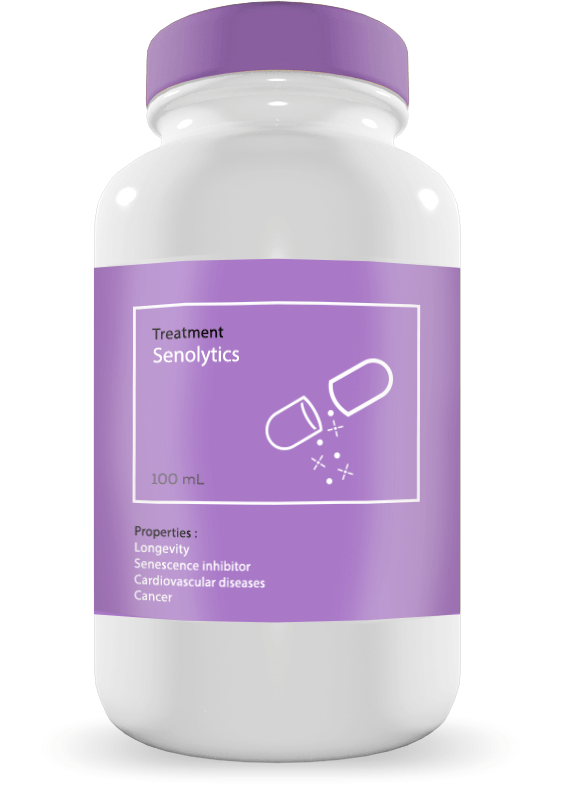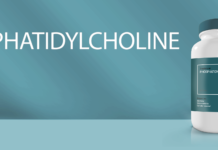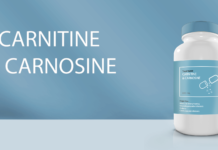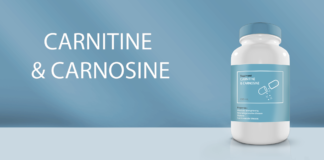
Fact sheet
Senolytics against cellular aging
Discovered in 2015 by a team from the Mayo Clinic and the Scripps Research Institute (USA), senolytics are making a lot of headlines at the moment in the anti-aging circles. These are very promising drugs in the fight against cell senescence, a cornerstone of our body’s aging process. Thanks to bioinformatics research to find molecules capable of interacting with senescence processes, several dozen potential treatments have been identified. Some of them have already been tested on animals, with remarkable results.
Fight against cell senescence
In order to understand what senolytics are, we must first recall what cell senescence consists of. We have stem cells, cells capable of renewing those that die every day, more or less present in our tissues. They are, for instance, plentiful in the bone marrow and they regularly replace our red and white blood cells. However, they are very rare in our brain, where the life span of neurons is much longer than that of blood cells. During aging, these stem cells can pause, i.e. they stop dividing and differentiating, they are said to be senescent. Our body becomes less and less able to renew the cells that die, especially in important organs like the brain[1]. In parallel, a similar phenomenon occurs in non-stem cells, aggravating the mechanism and overloading our immune cleaning systems[2]. When senescent cells are too numerous, they accumulate and secrete pro-inflammatory factors that promote the development of age-related diseases[3].
Senolytics are a new class of drugs that could reduce the number of senescent cells and slow our aging process. This technique, tested in mice using genetic tools modifying the expression of caspase 8, seems effective, with a decrease of about 30% in the number of senescent cells, and allows an increase in their lifespan[4]. Based on this hypothesis and knowing that our immune system gets rid of senescent cells whenever possible, researchers have identified drugs that can selectively increase the apoptosis of these cells, leading to better heart function, decreased osteoporosis and increased lifespan[5].
Drugs classified as senolytic
The very first publication reporting senolytics studied quercetin (a flavonoid) and dasatinib (Sprycel)[5]. These two treatments, administered alone or in combination, allowed the reduction of senescence markers in both an in vitro model and an in vivo mouse model. It would appear that this action is mediated by the inhibition of ephedrine B (EFNB3), a molecule that can act as a ligand, but also as a receptor when it is in contact with conventional ephedrine receptors, and which prevents the cells it binds onto from initiating an apoptosis process[6]. The second action of these senolytics seems to be through PI3K (tri-phosphate inositol kinase), a kinase that regulates programmed cell death[5]. These two combined actions regulate the AKT pathway, then the mTOR pathway, major signalling pathways for cell proliferation and cell death[7].
In a more recent study by the same team, navitoclax, an anti-cancer treatment, was identified as senolytic[8]. This time, its action would pass through the regulation of BCl-2, a mitochondrial molecule involved in programmed cell death. Also by the same team, fetin, piperlongumin and BCl-2 inhibitors were reported to have a specific effect on senescence[9].
Senolytics: for which conditions?
Cell senescence can affect all our cells but some organs are more sensitive. This is the case of the heart and vessels, which are the primary targets of aging, with pathologies such as atherosclerosis, heart attacks or arterial stiffening. Senolytics appear to reduce arterial calcification in hypercholesterolemic mice[10], thus reducing the risk of developing atherosclerosis.
In cancer, inhibition of EFNB3 and PI3K regulates the AKT pathway downward, leading to targeted apoptosis of cancer cells[11, 12]. For this pathology, p21 and PAI-1 have also been identified as senolytic due to their action on p53 and cell proliferation[5].
Because of its novelty, this research topic is expanding rapidly with studies aimed at establishing the impact of senolytics on neurodegenerative diseases, sarcopenia, metabolic diseases, osteoporosis or skin aging. Their ability to be used as an adjuvant for chemotherapies is also under analysis, with encouraging preliminary results.
- Number of publications: about 150
- Availability: depends on senolytics, sometimes over-the-counter, sometimes prescription only
- Route: oral
- Dosage: depends on senolytics, toxicology studies are yet to be developed
Senolytics are from a constantly expanding family of drugs or natural compounds . This is a very recent research topic that requires the utmost caution. At this time, no optimal dosage has been established and toxicology studies have not yet begun.
[1] Kirkland JL, Translating advances from the basic biology of aging into clinical application. Exp Gerontol. 2013; 48(1):1-5
[2] Xue W, Zender L, Miething C, Dickins RA, Hernando E, Krizhanovsky V, Cordon-Cardo C, Lowe SW, Senescence and tumour clearance is triggered by p53 restoration in murine liver carcinomas. Nature. 2007; 445(7128):656-60
[3] JP de Magalhães, JF Passos, Stress, cell senescence and organismal ageing, Mechanisms of Ageing and Development, 2018;170:2-9
[4] Baker DJ, Wijshake T, Tchkonia T, LeBrasseur NK, Childs BG, van de Sluis B, Kirkland JL, van Deursen JM, Clearance of p16Ink4a-positive senescent cells delays ageing-associated disorders, Nature, 2011; 479(7372):232-6
[5] Zhu Y, Tchkonia T, Pirtskhalava T, et al. The Achilles’ heel of senescent cells: from transcriptome to senolytic drugs. Aging Cell. 2015;14(4):644-658
[6] Furne C, Ricard J, Cabrera JR, Pays L, Bethea JR, Mehlen P, Liebl DJ, EphrinB3 is an anti-apoptotic ligand that inhibits the dependence receptor functions of EphA4 receptors during adult neurogenesis. Biochim Biophys Acta. 2009;1793(2):231-8
[7] Chandarlapaty S, Negative feedback and adaptive resistance to the targeted therapy of cancer, Cancer Discov. 2012;2(4):311-9
[8] Zhu Y, Tchkonia T, Fuhrmann‐Stroissnigg H, et al. Identification of a novel senolytic agent, navitoclax, targeting the Bcl‐2 family of anti‐apoptotic factors. Aging Cell. 2016;15(3):428-435
[9] Zhu Y, Doornebal EJ, Pirtskhalava T, et al. New agents that target senescent cells: the flavone, fisetin, and the BCL-XL inhibitors, A1331852 and A1155463. Aging (Albany NY). 2017;9(3):955-963
[10] Roos CM, Zhang B, Palmer AK, et al. Chronic senolytic treatment alleviates established vasomotor dysfunction in aged or atherosclerotic mice. Aging Cell. 2016;15(5):973-977
[11] Ståhl S, Kaminskyy VO, Efazat G, Hyrslova Vaculova A, Rodriguez-Nieto S, Moshfegh A, Lewensohn R, Viktorsson K, Zhivotovsky B, Inhibition of Ephrin B3-mediated survival signaling contributes to increased cell death response of non-small cell lung carcinoma cells after combined treatment with ionizing radiation and PKC 412. Cell Death Dis. 2013;4:e454
[12] Xing Y, Hogge DE, Combined inhibition of the phosphoinosityl-3-kinase (PI3Kinase) P110δ subunit and mitogen-extracellular activated protein kinase (MEKinase) shows synergistic cytotoxicity against human acute myeloid leukemia progenitors. Leuk Res. 2013;37(6):697-704
Dr. Marion Tible

Author/Reviewer
Auteure/Relectrice
Marion Tible has a PhD in cellular biology and physiopathology. Formerly a researcher in thematics varying from cardiology to neurodegenerative diseases, she is now part of Long Long Life team and is involved in scientific writing and anti-aging research.
More about the Long Long Life team
Marion Tible est docteur en biologie cellulaire et physiopathologie. Ancienne chercheuse dans des thématiques oscillant de la cardiologie aux maladies neurodégénératives, elle est aujourd’hui impliquée au sein de Long Long Life pour la rédaction scientifique et la recherche contre le vieillissement.
En savoir plus sur l’équipe de Long Long Life














